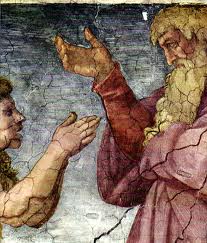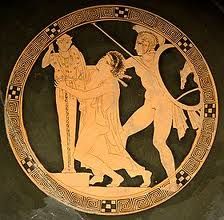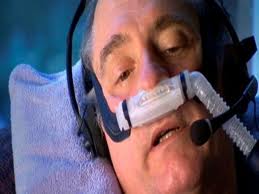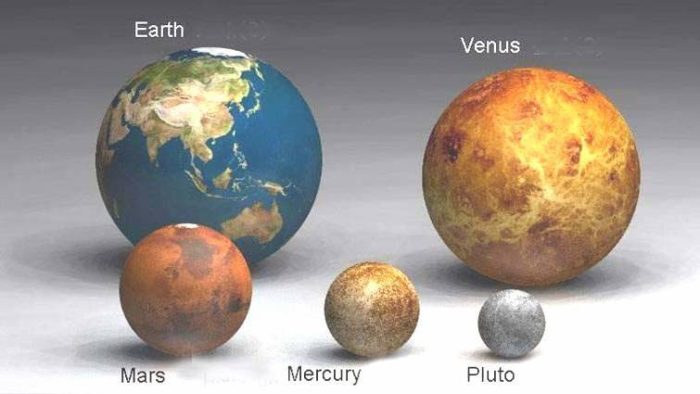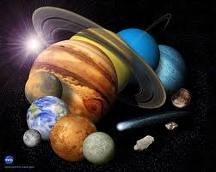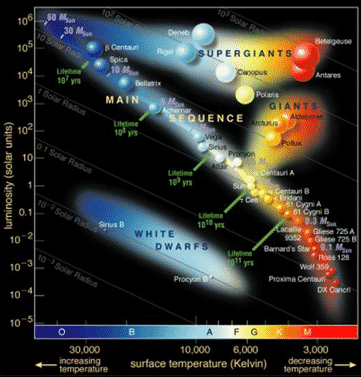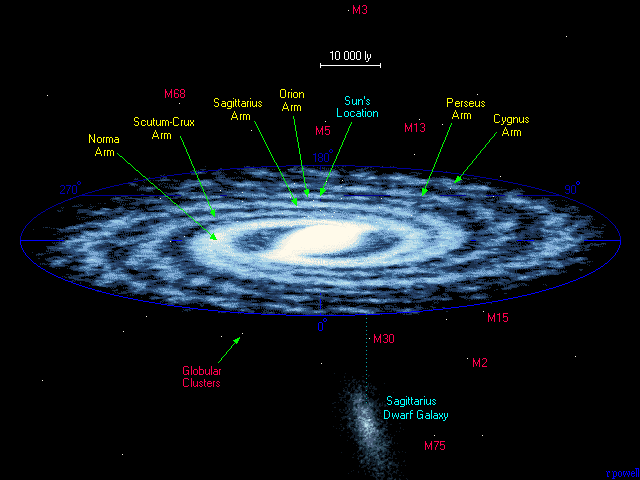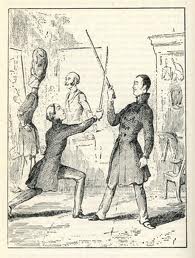William completed his Bachelor of Science and Master of Arts in 2013. He current serves as a lecturer, tutor and freelance writer. In his spare time, he enjoys reading, walking his dog and parasailing.
Article last reviewed: 2022 | St. Rosemary Institution © 2010-2025 | Creative Commons 4.0
The Olympians The Polytheism (belief in more than one God) found in poems of Homer stayed a permanent belief throughout Greece until the Christian era There are twelve principal gods and goddesses (deities), headed by Zeus and the rest are his siblings, his children, and grandchildren, it is only Dinoysus that Homer doesn’t acknowledge Zeus…
Ancient writers were aristocrats, they didn’t know what it was like to be a slave, to be a Sometimes masters would breed slaves If someone who was freed, had children with another non-citizen, the children were free but had limited rights, not citizens Sources – worthless because masters always shown the slave as goofing off…
Introduction Aqueous calcium hydroxide, also known as lime water is used to verify the presence of carbon dioxide gas, (carbon dioxide reacts with the calcium hydroxide to produce calcium carbonate) this is achieved by bubbling the gas through the solution, if the solution turns cloudy then the precipitate calcium carbonate has formed, thus carbon dioxide…
Chapters 1 – 21 Abode – dwelling place Affability – friendliness; courtesy Amends – give compensation Assent – agree; consent; approve Bestow – confer as gift Caprice – whim; lively or fanciful work of music, etc. Censure – criticise harshly; reprove Civility – politeness; act of politeness Condescend – graciously consent to do something while…
According to Freud, in human nature there are sexual and aggressive forces hidden in the minds of all human beings—forces that if not controlled, lead society to chaos and destruction Today, a theory used to control mass crowd in world of mass democracy Edward Bernais- first person to use Freud’s ideas to manipulate masses Showed…
narrator disappears into a kind of roving sound camera imposes severe limitations on the author the author is not there to explain purest example would be one written entirely in dialogue Allegory a type of narrative in which the surface story reflects at least one other meaning traditional allegory frequently employs personification (human characters to…
Margret Sumerville defines Euthanasia– Euthanasia is a deliberate act that causes death undertaken by one person with the primary intention of ending the life of another person, in order to relieve that persons suffering. Three types of Euthanasia: Voluntary : -a person asks that his or her life be terminated as an act of mercy.…
What is guilt and is it shown in the play Macbeth? Who demonstrates this guilt, and why is it being displayed? Guilt is a feeling that haunts the conscience for a while. Usually, this feeling comes when one has committed an offence, crime, violation, or wrong act. It is the feeling of responsibility for this…
Lead-Acid batteries were the first type of rechargeable battery ever invented. They were invented in 1859 by the French physicist, Gaston Plante. They are very useful in vehicles due to their low cost, robust nature, high tolerance for abuse and large power-to-weight ratio. lead-acid batteries are not only used in cars, but can be used…
A major theme in The Great Gatsby is the pursuit of what can be termed the American dream. Do you agree? By choosing a major character or a situation in Fitzgerald’s novel, discuss how or whether Fitzgerald is successful in exposing the underside of the American dream) This represents the idea of the American Dream,…
Relative Sizes (Earth, solar system, Milky Way galaxy, local super cluster, universe) Relative Distances If the sun shrank to 1mm (grain of sand) then earth would be 11cm away, Pluto would be 4 meters and the nearest star would be ajax If the entire solar system shrank to 1mm one side of the milky way…
Star: A large ball of glowing gas that generates heat and light, through nuclear fission in its cove. Our sun is a star. Planet: any of the nine large celestial bodies in the solar system that revolves around the sun and shine by reflected light. Moon (or satellite): the natural satellite of the Earth.…
The evolution of the star: Stars are born out of clouds of gas and dust. A star generates energy by converting hydrogen into helium deep in the centre (the core). As most of the hydrogen turns into helium in the core, the core runs out of “fuel”. The core contracts under pressure and becomes hotter…
Formation: Differences between disk and halo: –Orbits of stars, ages of stars, the metal contents in stars, and the amount of gas and dust are all different Current theory suggests that the Galaxy formed from an enormous cloud of gas (the Protogalactic Cloud) The halo and the first generations of stars formed as this cloud…
Lear, the aging king of Britain, decides to step down from the throne and divide his kingdom evenly among his three daughters. First, however, he puts his daughters through a test, asking each to tell him how much she loves him. Goneril and Regan, Lear’s older daughters, give their father flattering answers. But Cordelia, Lear’s…
What qualities make someone a good leader? In Lord of the Flies who demonstrates this role of being a leader, and how is it being displayed? A leader is someone who has the ability to take control and charge of a group. A leader is there to guide, manage, and provide assistance to a group…
Ralph Ellison’s Invisible Man opens with a prologue describing the main character in time after the beginning of the body of the book. In the prologue, Ellison tells of the main character’s invisibility. It is not a physical invisibility, but rather he is not recognized, and therefore perceived, by the world at large. This is…
Humans as a race have come a long way since our introduction to earth. Today, our world is defined by systematic approaches and specific methods of living. The poem “Sophoclean” by Seamus Heaney touches on some of the historical characteristics of humanity and highlights the elements of our success as a species. A Marxist analysis…
The first scene starts with Banquo voicing his suspicions about Macbeth killing Duncan in order to become the King. He is aware that the witches had prophesized that his sons would become Kings. But he doesn’t let this thought obsess him. He is capable of controlling his thoughts and checking his ambitions unlike Macbeth which…
Sexual reproduction: production of offspring; union of male and female gametes Gametes: eggs and sperms cells in animals Sexual reproduction depends on Meiosis; specialized process of cell division; recombines DNA sequences, produces cells with half the number of chromosomes in somatic cells. (chromosome= reduction) Fertilization: nuclei of egg/ sperm fuse; producing zygote (# chromosomes typical…

